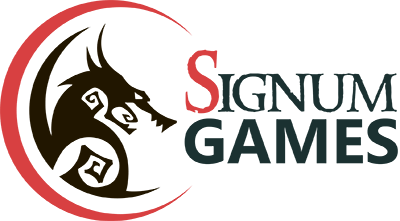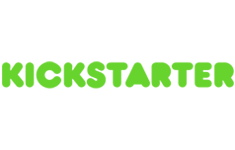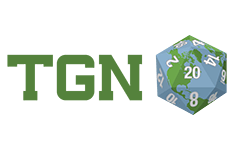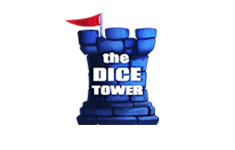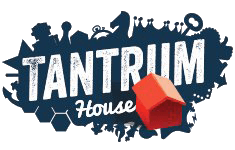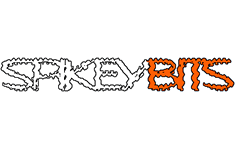On the making of a miniature

Hello! Today we’re going to talk about how Signum characters are born. After all, before becoming a miniature, each character goes a long and difficult way.
It all starts with an idea. And in our case, it’s an idea about a faction. We come up with a group of characters at once, such as Akkari or Nephilims, and then we ” split up” this group into separate units. When creating a faction, we are guided by the states and ethnic groups that exist in the real world. For example, when designing the appearance of heroes from the lands of the Kush Empire we were inspired by the peoples of Africa, while Dark Samurai and Kitsune are an obvious reference to medieval Japan. We also take into account the climate in which the characters live, their fighting style, and more. Obviously, it will be typical for Solar Clan cats to wear few clothes, as they live in the desert, and the riders will not wield heavy shields and two-handed swords. All of these nuances that we think through for a faction affect the appearance of the characters belonging to it. You could say that the look of the group is the design code of the character.
Once we’ve decided which of Signum’s many groups, races, and factions the character will belong to, we describe his appearance in a thesis statement. This description is passed on to the 2D designer, who drafts sketches and concepts. Drafts are evaluated, discussed, revised, and in the end we choose a couple the most successful. Sometimes it happens that the end result goes very far from the original sketches and adds a lot of new details. The choices are sent further down the chain – to the 3D designer.
While our artists work on the appearance of the character, the authors think about the lore of the character. This may be an origin story or some bright event from the character’s biography which would allow the player to perceive him not as just another piece of plastic, but as a full-fledged personality with a thought-out past.
The three-dimensional character model, just like the two-dimensional sketches, undergoes many changes in the process of development. These are not as global as in the early stages, but more cosmetic, but this also takes a lot of time. The verdict on the appearance of the character is rendered by our art director.
After approval, the model is printed. There are nuances here as well, for example, the model must be adequately sized to the others, as well as to a person on the same scale. In addition, when printing, some details may be distorted or lost in the background of others, something may not look the way we would like it to. That is why there are several printing sessions.
By the way, previously our miniatures were made by casting, but then we switched to modern technology, i.e. we print them on a 3D printer. This is relevant not only for new characters, sometimes with the help of printing we “refresh” the old characters to make them look better, or even globally rework them. Since you can’t transfer a cast figure to a digital one, the 3D designer draws the model all over again. This was the case, for example, with Liobrenda or several other characters, whose “before” and “after” photos you can see in the previous Developer’s Diary, and you can see the new models at the bottom of this post.
The finished figure is divided into several parts to make it easier to transport and paint. Herewe try to find the golden mean so that the ready figure was to everyone’s liking, both for those who will play it and don’t want to glue 15 parts together, and for those who want to paint it most conveniently and get to all hard-to-reach places with a brush. Of course, it’s impossible to create perfection, and someone will still be dissatisfied, but that doesn’t stop us from striving for perfection.
As you can see, every Signum character goes a long and challenging way from a black-and-white sketch to a formidable fighter on your field.
